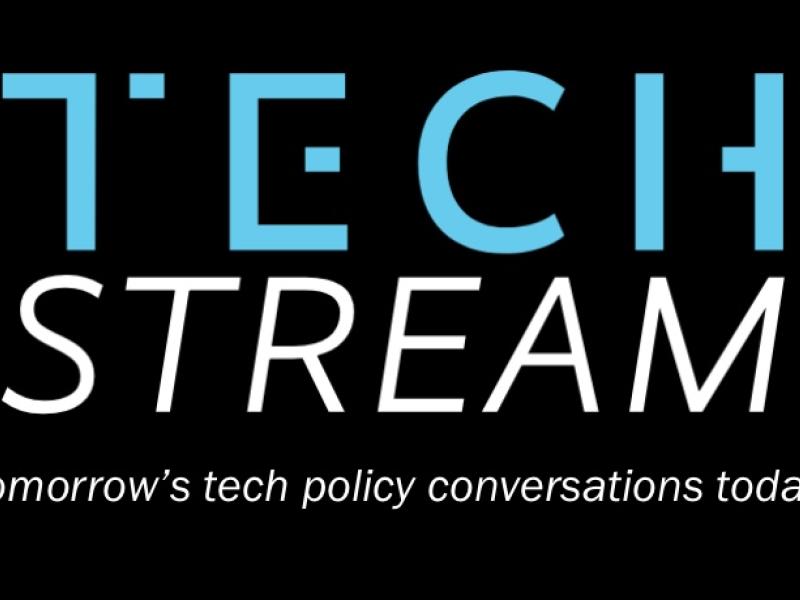
Document Author(s):
Year Published:
Topics:
Region:
Article: Designing Digital Services for Equitable Access (McDonald 2021)
In 1995, the U.S. National Telecommunications Infrastructure Administration was the first government body to empirically document the existence of the “digital divide”—the gap between those who do and do not have ready access to internet service. The NTIA report assumed that there was “an” internet and that fixed-line broadband to a personal computer would be the common denominator technology to enable access. But the world didn’t primarily adopt fixed-line broadband. Instead, mobile phones and the mobile internet became the primary mode of access. While the NTIA was right that the primary drivers of digital adoption were content and services, the presumption of a computer-based internet shaped a generation of service providers to design for digital platforms that fail to reach nearly half the world, making those services inaccessible to those who need them most.
The tendency to design services for the internet — in both technology adoption and in the services that depend on them — is the digital services design divide. COVID-19 and its accompanying lockdowns have only made the digital services design divide more stark. Public institutions turned to digital tools for both internal operations and to interact with those they serve, relying on technology companies to preserve vital public functions, from online court proceedings to digital payments for taxes and fees. That turn has embedded the digital divide in these systems.
Despite the evidence, history, and scholarship demonstrating that digital infrastructure isn’t the primary problem, public service designers are failing to meet users on the platforms available to them. Rather than acknowledge it and require designers to build services for the widely available tools, institutions mostly focus on hardware, infrastructure, and patchwork fixes, like distributing devices and public hotspots. That’s how, service by service, the people un- or underserved by technology are categorically and cumulatively marginalized by public services. The more public services focus on digitization as the next step in their evolution without proactively addressing the digital service design divide, the more digitization disconnects the least connected.
The digital services design divide is both immediately addressable, and the kind of small, cumulative harm that can feel impossible to bridge. The first step is to prioritize equity in service design. Otherwise, the more we use digital services to build social safety nets without designing for the holes, the more of us—as the NTIA pointed out some 25 years ago—will keep falling through.
Recommended Citation:
Sean McDonald, Designing Digital Services for Equitable Access, TechStream (July 1, 2021). https://www.brookings.edu/techstream/designing-digital-services-for-equi...